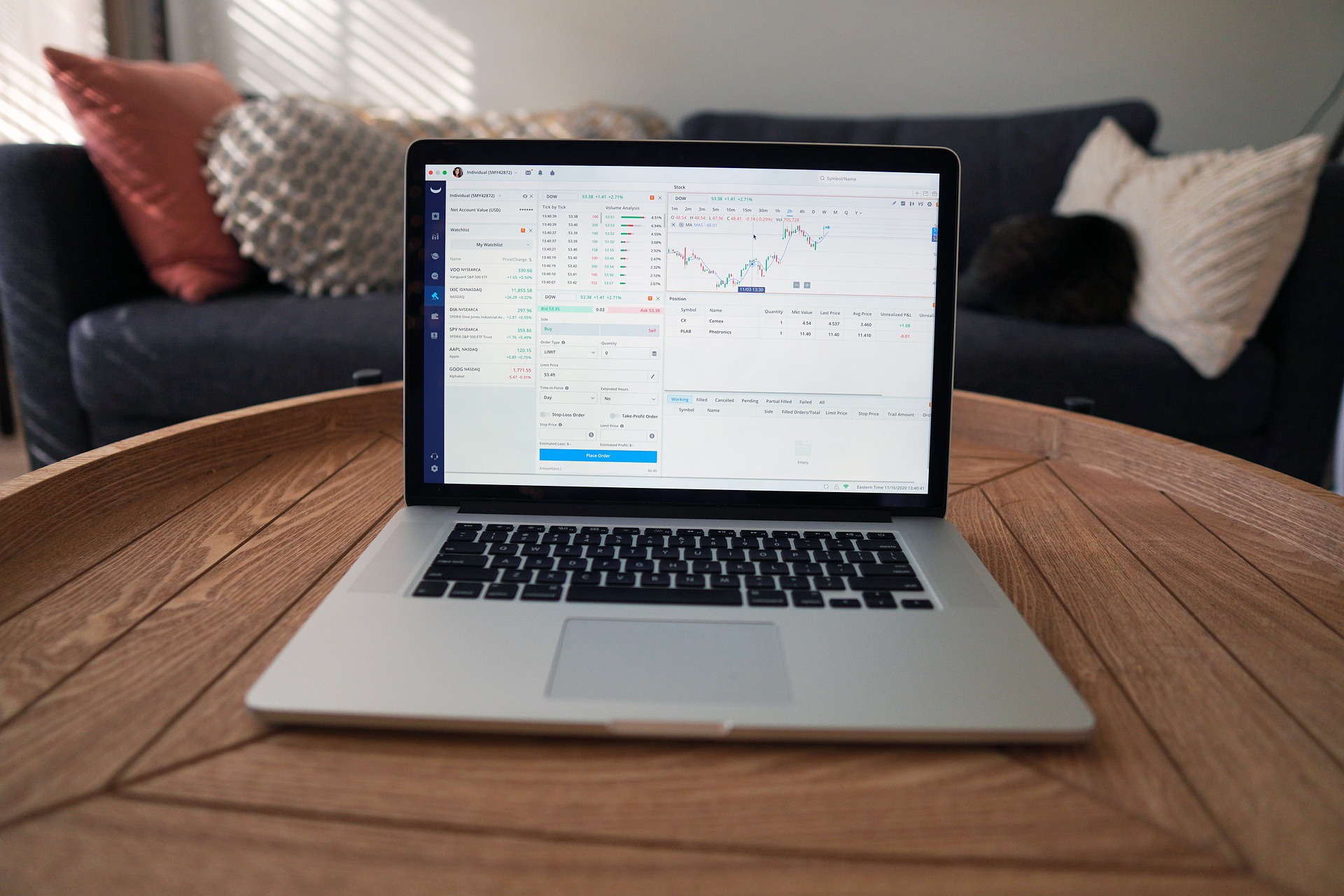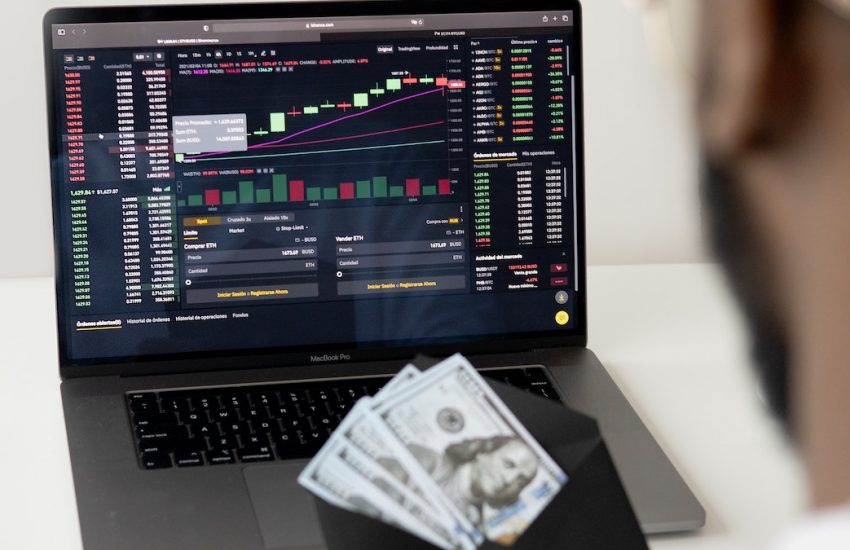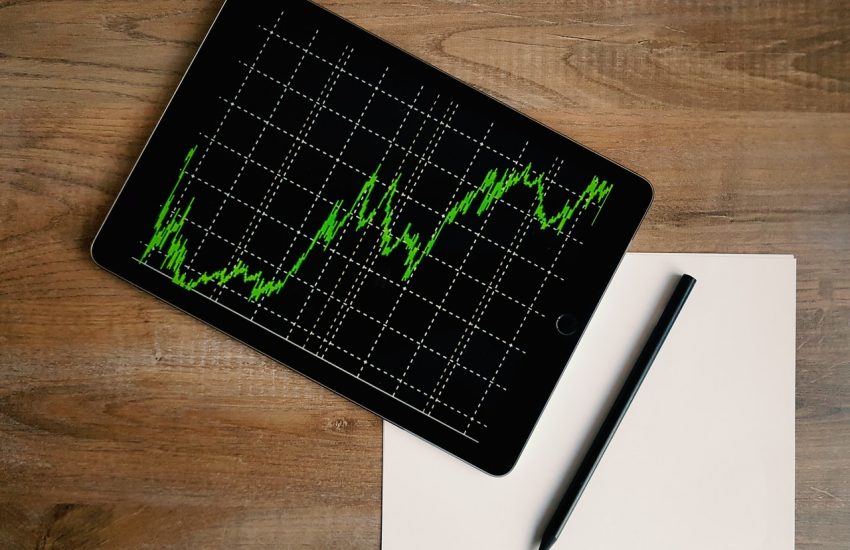Understanding currency pairs in forex
When trading forex, you’re essentially trading two currencies at once. The first is the base currency, and the second is the quoted currency.
The base currency is always listed first, and the quoted currency is listed second. For example, if you’re looking at a EUR/USD quote, the EUR is the base currency, and the USD is the quoted currency.
To determine how much one unit of the base currency is worth in terms of the quoted money, you divide the price of one branch of the base currency by one unit of the quoted currency.
For example, if EUR/USD is trading at 1.2000, one Euro is worth $1.20.
Pairs
The significant pairs that you will trade as a forex trader can be broken down into these four categories:
- Majors (EUR/USD, GBP/USD, USD/JPY and EUR/JPY) – very liquid currencies with high daily turnover and strong fundamental market drivers
- Crosses (AUD/CAD, NZD/USD and CAD/CHF) – less liquid than majors but still considered very liquid, and they tend to experience large swings during economic news releases. These cross pairs also have the added benefit of being less correlated with each other, which can reduce overall portfolio risk when trading multiple crosses at once
- Exotics (GBP/SGD, AUD/SGDand NZD/JPY) – these are the least liquid of all the currency pairs, and they tend to have more extreme moves both up and down
- Bitcoin (BTC/USD) – a digital asset that is not regulated by any government and has seen unprecedented growth in recent years
The most popular currency pairs to trade are those in the major’s category. These currencies are considered the most stable and therefore provide the best opportunities for price discovery and consistent profits.
The EUR/USD pair, for example, is the most actively traded currency pair in the world. It has a daily turnover of over 5 trillion dollars, making it one of the most liquid markets in the world.
Liquidity of pairs
The reason why these pairs are so liquid is that economic news releases heavily influence them. It makes the EUR/USD pair, for example, highly sensitive to any information or events related to the European Union and US economies.
These include interest rate decisions from the ECB and Federal Reserve, employment data from Eurozone and US regions, corporate earnings reports from large multinational companies headquartered in Europe and the United States etc. As a forex trader looking to profit from short and long term trends that develop due to these fundamental market drivers, it only makes sense that you would want to trade with the most liquid instruments available.
The majority of trading volume across all markets happens during London trading hours (2:00 – 23:00 GMT)and the Tokyo trading hours (23:00 – 8:00 GMT). These two regions contribute to a large portion of global GDP and happen to be the most important financial centres in the world. Since most economic news releases take place during London and Tokyo trading hours, it only makes sense that these instruments would experience more price volatility.
As you can probably imagine, there are thousands of different currency pairs you could trade if you wanted to, and almost 100% of them will not be as liquid as those in the major’s category. The fact that liquidity decreases as we move down the list should come as no surprise to you at all. But liquidity isn’t everything.
Trade crosses and exotics
Even though the cross and exotic currency pairs are less liquid, a small subset of these instruments can provide great opportunities as a forex trader. Traders mainly choose to trade crosses and exotics because they tend to be more sensitive to news events than those in the major’s category. The NZD/USD pair, for example, tends to be more influenced by economic data out of New Zealand (its country of origin) than the EUR/USD, which has its basis in Europe.
Therefore, an event such as a consumer confidence report from New Zealand could potentially result in greater volatility and, therefore, more enormous pips/profits when trading this pair over the EUR/USD at any given time.
Another popular way to take advantage of price swings created by news releases is to trade a digital currency such as Bitcoin. Since any government or central bank does not determine Bitcoin’s value, its price can move primarily based on investor sentiment and speculative interest from the masses.
It means that news events related to hard forks, potential regulation from governments, acceptance from merchants etc., can have a more significant impact on this instrument than other government regulated currencies such as the US Dollar.



